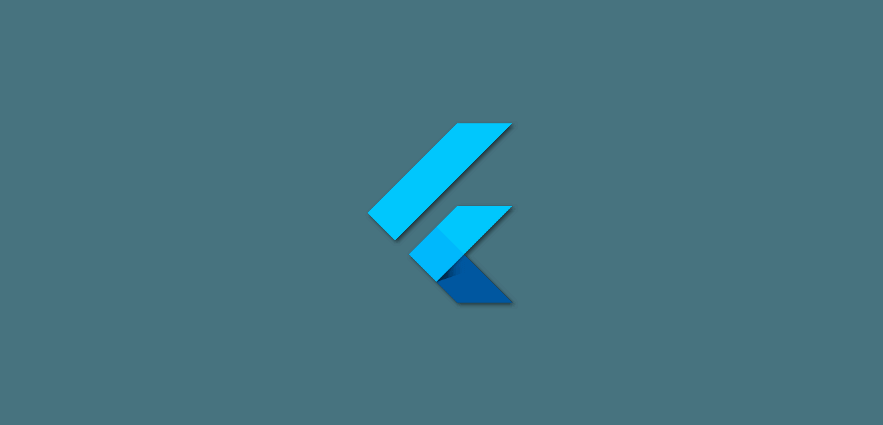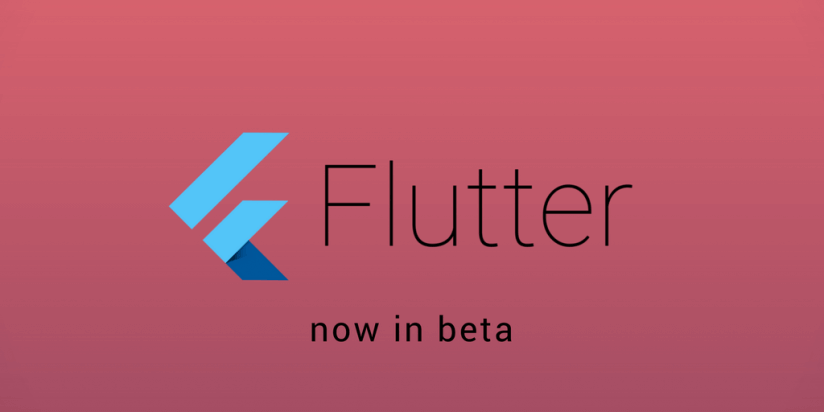Flutter: A Detailed Look Into The Beta That will be Popularized in Google I/O 2018
First announced in Google I/O 2017, Flutter has a long way to go before it becomes a household name. But another truth element is that it has already started seeing a considerable interest in the world of App developers, both Android and iOS.
An interest, which is just 3 days away from becoming a universally accepted and applied Cross Platform SDK, once its power and application is made live in the Google I/O 2018 Developer Conference.
In this article, we will be looking into the sessions that will be held in the Google I/O 2018 Event to make Flutter a name that the world comfortably trusts and applies in their cross platform app development ventures.
But the important thing first – What is Flutter.
Flutter is Google’s mobile app SDK for developing high-quality native interfaces on Android and iOS in a record time of 120 FPS. Flutter works with the existing code and the ease that it offers has resulted in its adoption by developers and organizations around the world. The SDK is completely free and is launched in open source format for developers to explore and create amazing, powerful cross platform apps around..
Here’s an introductory video by Google to take a look into what its latest offering is about.
Now that you have had your rendezvous with the powerful SDK that you will start seeing getting applied by a number of establishments, enterprises, and startups around you, let us now talk about what we came here for – To know what all would happen around Flutter in the Google I/O 2018 Conference.
Flutter Sessions Schedule in Google I/O 2018
So, in all Google has planned over 11 sessions around Flutter alone in its three days developer conference event I/O 2018. Here are some of the points that the session will touch upon, the ones which you could see live.
- Customizing Material Components for the App – Tuesday, 2 pm
- Building Innovative Material Design Apps – Tuesday, 5 pm
- Coding Ethereal UI with Flutter and Material Design – Wednesday, 8:30 am
- Total Mobile development with Flutter and Firebase – Wednesday, 2:30 pm
- Building Reactive Mobile Apps with Flutter – Thursday, 10:30 am
- Adding Firebase to Flutter App – Thursday, 3:30 pm
While these are the areas that will be talked upon by Google in its I/O 2018 event, what about when the conference ends? Is Flutter ready to take a place over the presently most invested in React Native Application Development Process?
The answer is – It’s on the right path to take over the loyal React Native user base. Here are the features that will bring it closer to the final goal.
Flutter Pros that Bring it Neck to Neck with React Native
Works on Dart Programming Language
Although Dart, a language that is very similar to Java and C# has been into existence since past some years, it is only after Google announced Flutter in its 2017 I/O, when the language started seeing greater adoption from the app developers community. This similarity has also opened a number of major avenues for Flutter app development among global enterprises, startups, and fortune 500 companies alike.
Ups the Widget game
What Flutter does for Widget is what makes the SDK more revolutionary. Flutter doesn’t use the in-built UI widget from any of the platform – Android or iOS. The cross platform framework has a huge collection of both Material and Cupertino widget that the developers can choose from. Also, through Flutter Google has given the developers the provision to design their own widgets. They can modify the widget on the basis of margin, layout, input, gesture recognition, colours, and fonts.
Super Fast Development Speed
With Google keeping the Flutter documentation on point and with ensuring the similarity in Dart Java, the tech giant has guaranteed a low learning curve for the developers. Along with that, the mechanism on which Flutter platform is developed, promises a cross platform app development time of as less as 120 FPS.
Taking the pros of Flutter SDK further, let us talk about the benefits it would offer to the mobile app developers –
Benefits of Flutter for Mobile App Developers

Faster App Development
Features like custom widget and hot reloading brings down the overall app development down when you use Flutter to develop apps.
Eye Catching User Interface
Having the best of both – Material Design and Cupertino design standards, Flutter makes it possible for developers to create apps that uses the best of both and result in a highly responsive mobile application.
Delivery Beyond Imagination
Flutter comes with flexible APIs for developers to add in animations, gestures, and 2D effects without coming across any UI challenge.
Now, even though Flutter has been developed and launched with a number of features that has placed it almost next to React Native popularity and adoption rate, but since it is awfully new, there are points – No support for 32 bit iOS devices, unpopularity of Dart, and untrustworthy product loyalty – that Google will have to work on before Flutter takes React Native place in the future.
However, with just a few days left before Google full fledgedly starts promoting Flutter in their I/O 2018 Event, we can estimate that the cross platform SDK is bound to gain popularity once the 3 days event ends.

strategies your digital product..



